While I remain quite sceptical of the Atari VCS, I'm still pretty interested in it as a Linux gaming device. Atari recently did a Q&A blog post detailing some interesting information about it. The post is written by Rob Wyatt, the System Architect for the Atari VCS device. If the name Rob Wyatt doesn't ring a bell—they were the original Xbox system architect.
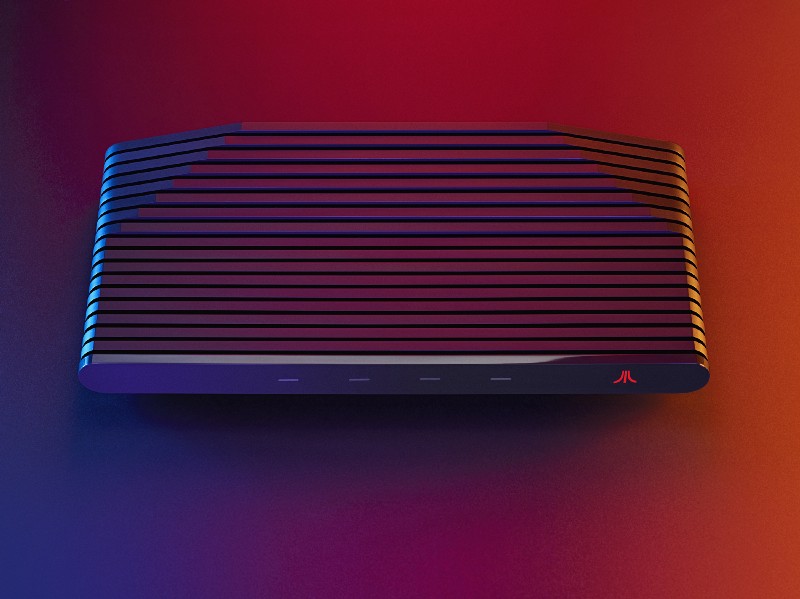
Firstly, they've decided to upgrade the RAM from 4GB to 8GB, which gives it quite bit more room to breathe. Quite a lot of games require more RAM now, so that's good. Not expecting it to run some AAA games, but it's still a nice step forward for the device:
The VCS hardware will be powered by an AMD Bristol Ridge family APU with Radeon R7 graphics and is now going to get 8 gigabytes of unified memory. This is a huge upgrade from what was originally specified and unlike other consoles it’s all available, we won’t reserve 25% of hardware resources for system use.
They also explained why they went with Bristol Ridge instead of Ryzen:
Yes, on paper the Ryzen family is technically better but without increasing the cost and having a higher thermal capacity, a Ryzen APU would never run at full performance. When the Ryzen is operating in a thermally limited environment its performance is only marginally better than Bristol Ridge.
They're calling their version of Linux "AtariOS". To get a game to run on the Atari VCS, you need to ensure it "runs on Linux at HD resolution using standard runtime libraries" as they claim the changes will be minimal in getting it to support their hardware. This is really great, since it certainly could push a few extra developers towards getting their games on Linux.
Once a game supports Linux, it gains access to more traditional Linux distributions via Steam, GOG, itch and others as well as the Atari VCS now too. I just hope that developers don't end up only putting their games on the VCS.
What's really interesting as well, is their explanation of how you can run another Linux distribution alongside their official AtariOS:
Our core architecture consists of the Atari Secure Hypervisor and a heavily modified linux kernel called the AtariOS. All of this is in flash memory and before the AtariOS loads, any external storage device is checked, and if a bootable device is found, the OtherOS on that device is loaded instead. We don’t have a typical OS loader like UBoot or GRUB, and because the CPU is already in 64 bit protected mode from our boot code, the OtherOS will need its typical startup code changing.
For a Linux distribution loaded in their OtherOS mode, it will have full access to the hardware so it will be a proper Linux device that is yours. They say they will give out details on how to boot a standard Ubuntu distribution on it, so that's great.
This line also got me:
We never want to lose sight that it’s your hardware to do with as you want.
Words I hope they remember to stick by. An interesting blog post, that has certainly cleared up a few of my lingering worries about the device.
They managed to raise just shy of three million on their IndieGoGo campaign, which seems like an impressive number, but likely not close to the real cost of getting this device past the prototype stage, manufactured and actually out in your hands. With that in mind, we will be watching it closely.
Last edited by Ray54 on 15 Jul 2018 at 8:51 pm UTC
I've been looking for a nice looking - while still powerful - little HTPC to stick by my TV for a while now, had a NUC for a while but their design really doesn't work for that. Also used a Pi for a while, but there's simply nowhere near the power I need in one of those.
And hey, there's just something about being able to sit back and relax with a replica Atari joystick that calls to me.
Last edited by Ananace on 15 Jul 2018 at 8:57 pm UTC
This line also got me:
We never want to lose sight that it’s your hardware to do with as you want.
For me, this is true of virtually all the Tech I aim to buy. Unless hardware does what I want it to do, not what some big corporation wants to impose upon me as a purchaser, then I am far from keen to spend my money on that Tech.
I cant see how negative comments helps us as a Linux gaming community.
Negative comments help deter people from buying bad products. Sorry, but this has Ouya/Steam Machine written all over it.
Also they're not really a small company, they're a failing company. Maybe they can turn a new leaf, but up until now they've earned the stigma that they currently have.
I don't see how Ouya and Steam Machines should even be mentioned in the same sentence, other than their lack of big commercial success. While Ouya is a failed console that is no longer supported, anyone who bought a Steam Machine still has a working PC that can continue to run Linux games.
For $199usd I'd be interested, but $299 is just not attractive to me. I can get a older revision of the switch for that or less and mod it to allow custom stuff on which is a tegra1 PC.
I'd be happy if the VCS does well and Atari make a comeback to the console scene, allowing them to release a REAL console competitor.
Last edited by TheRiddick on 16 Jul 2018 at 1:16 am UTC
Negative comments help deter people from buying bad products. Sorry, but this has Ouya/Steam Machine written all over it.
Also they're not really a small company, they're a failing company. Maybe they can turn a new leaf, but up until now they've earned the stigma that they currently have.
Oh, I totally forgot Ouya was a thing until I read your comment.
When the Ryzen is operating in a thermally limited environment its performance is only marginally better than Bristol Ridge.
That is not my experience: https://www.gamingonlinux.com/forum/topic/3406/
I don't see how Ouya and Steam Machines should even be mentioned in the same sentence, other than their lack of big commercial success. While Ouya is a failed console that is no longer supported, anyone who bought a Steam Machine still has a working PC that can continue to run Linux games.
I'm honestly not sure if I should respond to this, because I'm not interested in being antagonistic. I just wish the Linux community would be more cautious about these things.
Anyway, I mention them because the market conditions of all are fairly similar when considering their commercial viability. They might find success if they do something like System 76, but why bother with Atari when System 76 has a proven track record and has been focused on Linux from conception?
Did I missed something? Did System 76 create a console sized computer for sofa gaming (because that WAS the main point of the Ouya and that IS the main point of the Steam Machines)?! Please show me, it would be an insta buy.
System 76 has taken the developper stuff path, lately... I don't see a gaming console fitting in that philisophy. Yet, it would be nice.
Last edited by Mohandevir on 16 Jul 2018 at 1:34 pm UTC
I don't see how Ouya and Steam Machines should even be mentioned in the same sentence, other than their lack of big commercial success. While Ouya is a failed console that is no longer supported, anyone who bought a Steam Machine still has a working PC that can continue to run Linux games.
I'm honestly not sure if I should respond to this, because I'm not interested in being antagonistic. I just wish the Linux community would be more cautious about these things.
Anyway, I mention them because the market conditions of all are fairly similar when considering their commercial viability. They might find success if they do something like System 76, but why bother with Atari when System 76 has a proven track record and has been focused on Linux from conception?
Did I missed something? Did System 76 create a console sized computer for sofa gaming (because that WAS the main point of the Ouya and that IS the main point of the Steam Machines)?! Please show me, it would be an insta buy.
System 76 has taken the developper stuff path, lately... I don't see a gaming console fitting in that philisophy. Yet, it would be nice.
There is the Meerkat that comes close, but the price bracket is prohibitive, imo. No serious GPU (Intel Iris), i3 for the lowest price system, 4Gb RAM, no controller... 550$... Ouch! Doesn't make the Atari VCS or Steam Machines irrelevant at all.
Last edited by Mohandevir on 16 Jul 2018 at 2:07 pm UTC
It's easy to "upgrade" the specs when you're dealing in vaporware.Is it technically vaporware until after it's supposed to have come out, and then doesn't?
I mean you could say anything is vaporware until it's released. But I wouldn't assume it's vaporware until it's past time it's at least announced to be released.
But you're right, they can change the specs easily when the system isn't out and about. The question is, will it be like a Mac and have soldered on memory? Or will it be user upgradable?
I'm honestly not sure if I should respond to this, because I'm not interested in being antagonistic. I just wish the Linux community would be more cautious about these things.
Anyway, I mention them because the market conditions of all are fairly similar when considering their commercial viability. They might find success if they do something like System 76, but why bother with Atari when System 76 has a proven track record and has been focused on Linux from conception?
Hey, I'm not saying you should go out and pre-order one of these Atari boxes. I'd suggest anyone wait and see how they turn out. I was just pointing out that Steam Machines are in a different category than Ouya. SteamOS brought a lot of games over to Linux, and because of that, many more developers see the value of Linux as a gaming platform. You can't deny the role Steam Machines played in that. Ouya technically runs Linux too (the Android variant), but AFAIK, it did little to help Android or Linux.
That's a raw power test though, isn't it?When the Ryzen is operating in a thermally limited environment its performance is only marginally better than Bristol Ridge.
That is not my experience: https://www.gamingonlinux.com/forum/topic/3406/
They are talking about running them both in the limited (bottle necked) environment of the VCS, and the Ryzendoesn'tcan't reach it's full potential, so it would be a waste of money and resources to use it.
So it makes sense to go for the cheaper option.
I don't buy that. I saw Notbookcheck's benchmarks with, well, notebooks CPUs and the Ryzens walk over the older generation. And notebooks are a more restrained environment than a console.
To me, Atari said that to try to take peoples mind from the disappointing APU they chose. But I agree with them that the Ryzen would cost more, and they are a small company trying to make a profit.
It's easy to "upgrade" the specs when you're dealing in vaporware.Is it technically vaporware until after it's supposed to have come out, and then doesn't?
I mean you could say anything is vaporware until it's released. But I wouldn't assume it's vaporware until it's past time it's at least announced to be released.
But you're right, they can change the specs easily when the system isn't out and about. The question is, will it be like a Mac and have soldered on memory? Or will it be user upgradable?
There's just been a lot of fishy stuff surrounding this thing, such as missing the original target date with no explanation, no working prototypes being publicly demoed, and company reps who don't seem to know anything about their own product [External Link]. It's hard not to draw parallels between the Atari VCS and the infamous Phantom console [External Link] from Infinium Lab [External Link].
Last edited by Mountain Man on 16 Jul 2018 at 4:41 pm UTC
That's a raw power test though, isn't it?When the Ryzen is operating in a thermally limited environment its performance is only marginally better than Bristol Ridge.
That is not my experience: https://www.gamingonlinux.com/forum/topic/3406/
They are talking about running them both in the limited (bottle necked) environment of the VCS, and the Ryzendoesn'tcan't reach it's full potential, so it would be a waste of money and resources to use it.
So it makes sense to go for the cheaper option.
That is indeed thermally constrained: One small system fan and a thin client casing. Those stats are from 35W TDP chips and I reckon Atari's VCS is somewhere in that ballpark for heat dissipation.
If there is any reason they have elected to go with Bristol Ridge it is probably much more likely that the AMDGPU kernel module is still prone to freezes and that <=35W Raven Ridge is still difficult even for OEMs to source.
Last edited by GustyGhost on 16 Jul 2018 at 5:00 pm UTC
1) It never gets released and people get angry.
2) It has a very long prototyping stage and has delay after delay for release with poor communication, then it gets released but isn't quite what people expected and people get angry.
Linux or Not I wouldn't give this thing or people making it the time of day.
Last edited by thelimeydragon on 16 Jul 2018 at 7:03 pm UTC
It's easy to "upgrade" the specs when you're dealing in vaporware.Is it technically vaporware until after it's supposed to have come out, and then doesn't?
I mean you could say anything is vaporware until it's released. But I wouldn't assume it's vaporware until it's past time it's at least announced to be released.
But you're right, they can change the specs easily when the system isn't out and about. The question is, will it be like a Mac and have soldered on memory? Or will it be user upgradable?
There's just been a lot of fishy stuff surrounding this thing, such as missing the original target date with no explanation, no working prototypes being publicly demoed, and company reps who don't seem to know anything about their own product [External Link]. It's hard not to draw parallels between the Atari VCS and the infamous Phantom console [External Link] from Infinium Lab [External Link].
Can't really disagree with you. I think the only explanation they really gave for the initial delay was 'we're not ready'
But I think it was right after that that Feargal Mac took a walk.
Very promising product all around and I'm interested in seeing how it progresses.
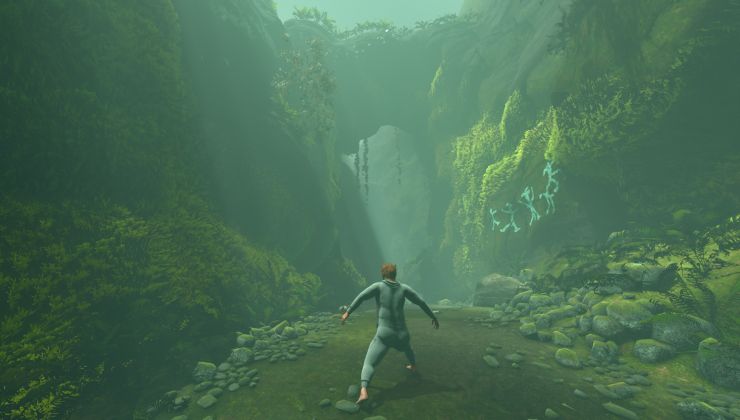
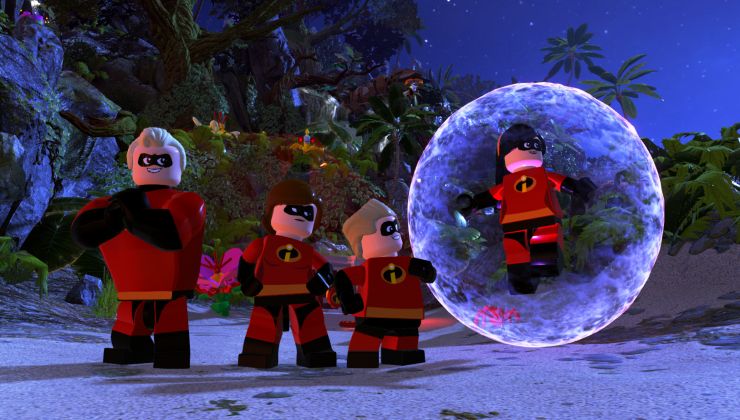
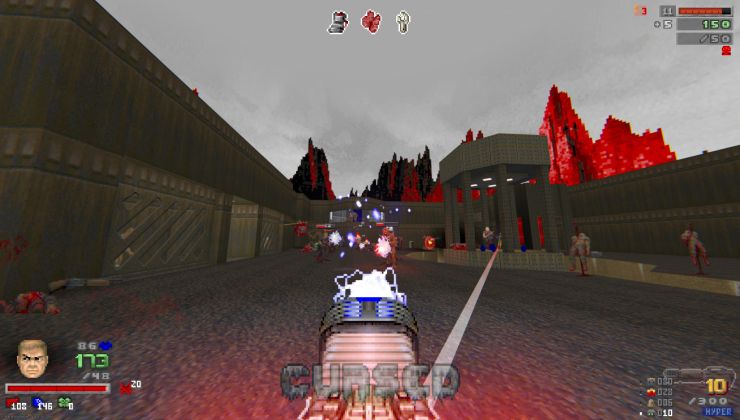
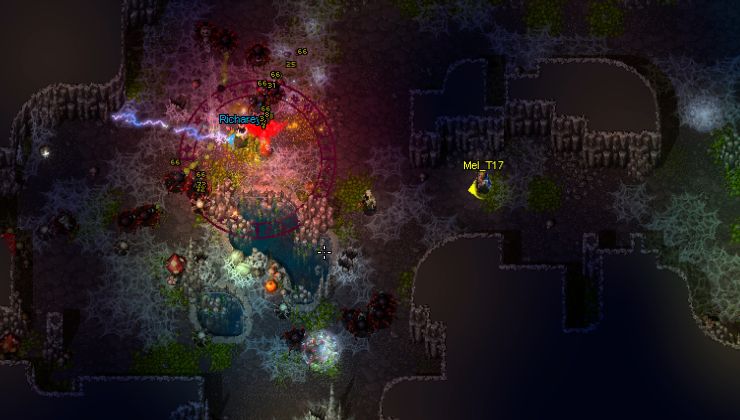









 How to setup OpenMW for modern Morrowind on Linux / SteamOS and Steam Deck
How to setup OpenMW for modern Morrowind on Linux / SteamOS and Steam Deck How to install Hollow Knight: Silksong mods on Linux, SteamOS and Steam Deck
How to install Hollow Knight: Silksong mods on Linux, SteamOS and Steam Deck